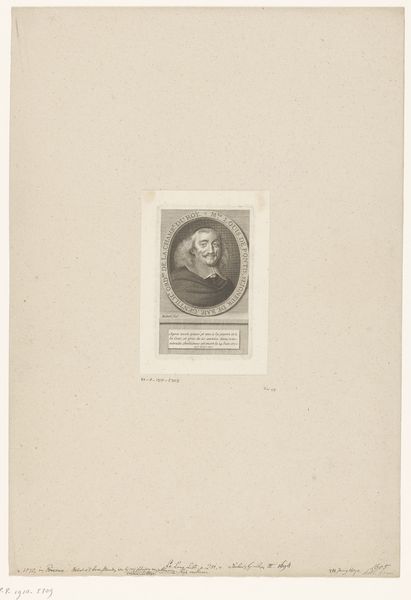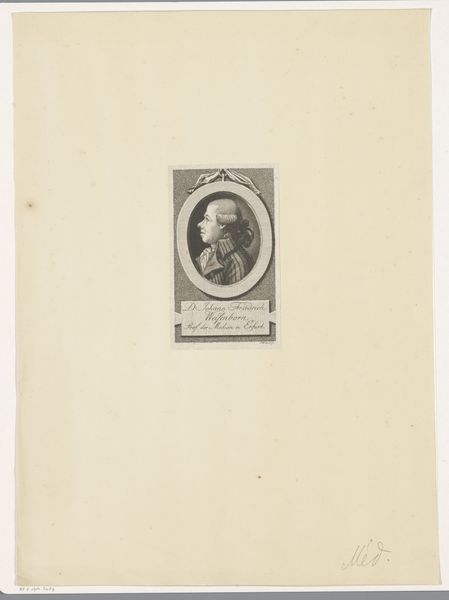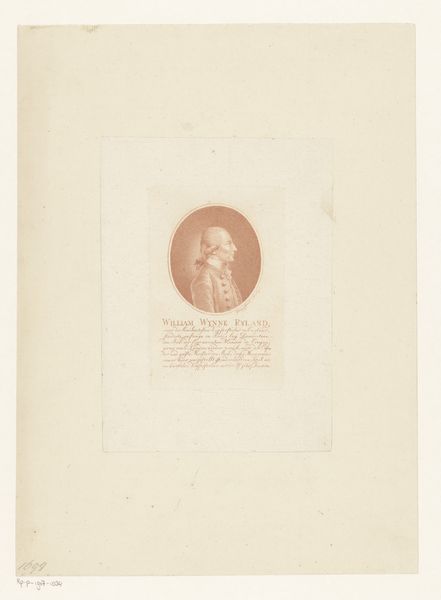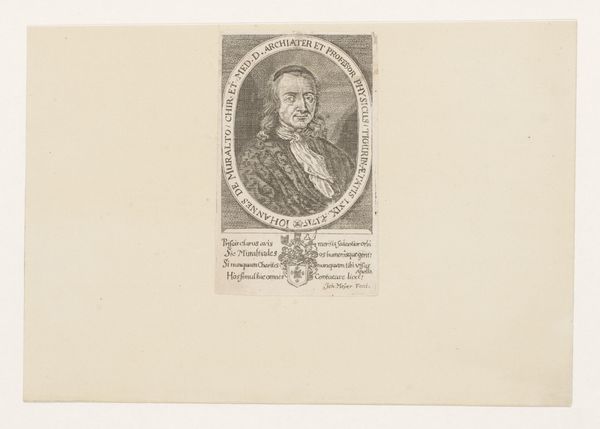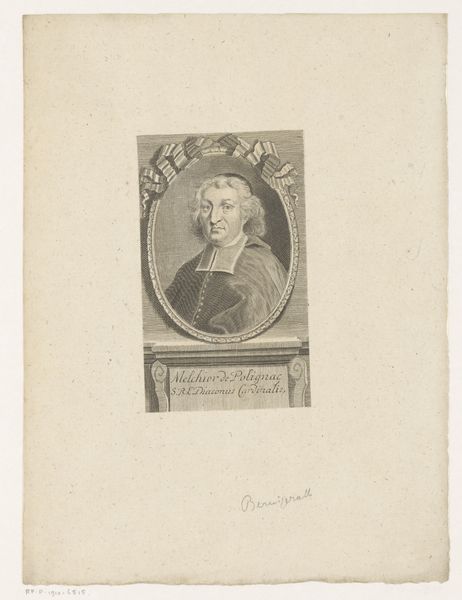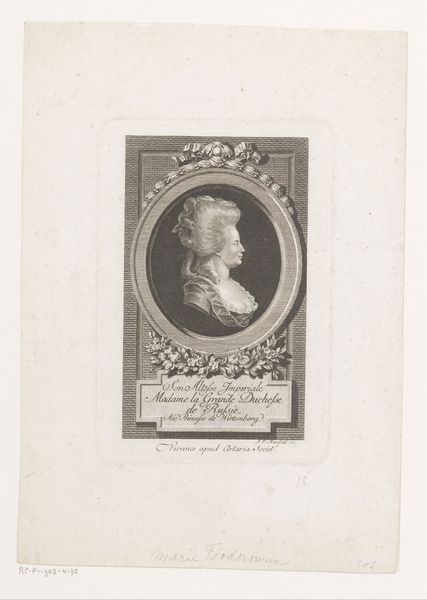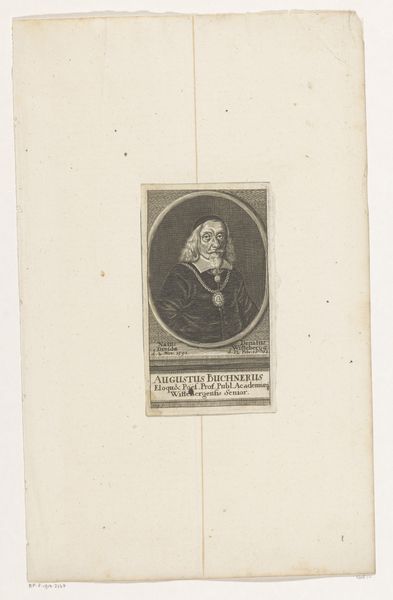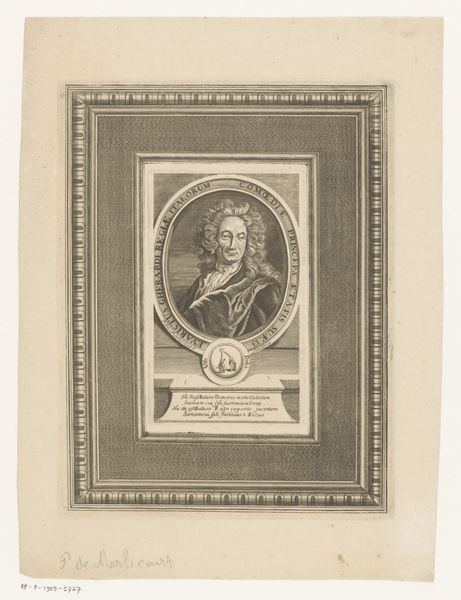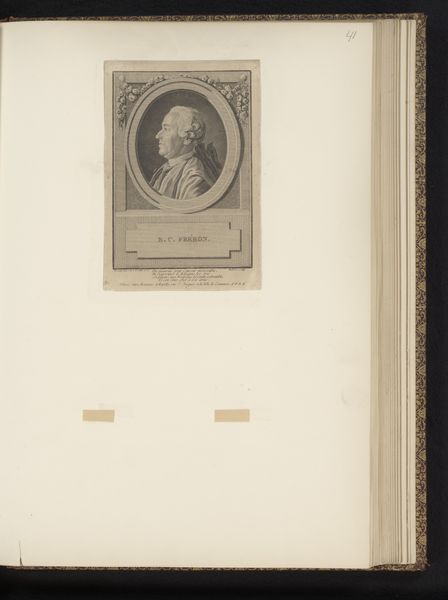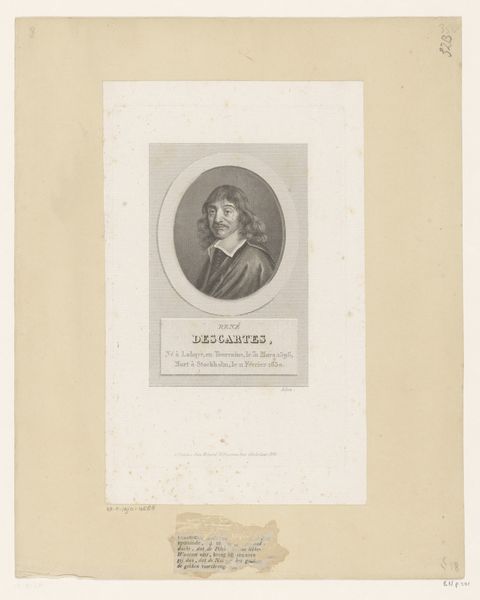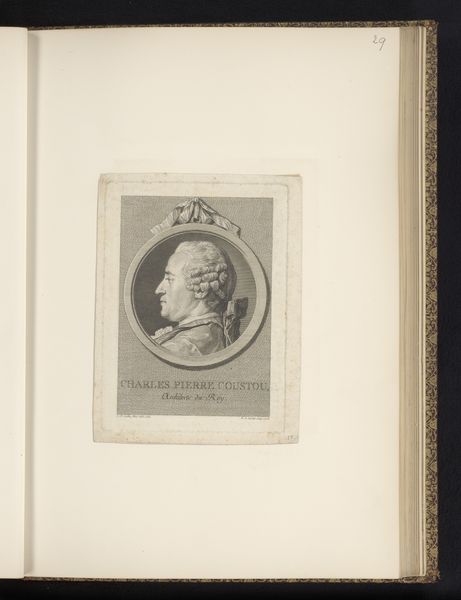
silver, print, metal, engraving
#
portrait
#
silver
#
baroque
#
dutch-golden-age
# print
#
metal
#
old engraving style
#
figuration
#
line
#
history-painting
#
academic-art
#
engraving
#
monochrome
Dimensions: height 93 mm, width 60 mm
Copyright: Rijks Museum: Open Domain
Editor: We're looking at "Portret van Johannes Tilemann," a print from between 1636 and 1655, by Sebastian Furck. The detail is incredible; it feels both intimate and quite formal. What do you make of this portrait, especially in its historical context? Curator: This engraving offers a glimpse into the visual strategies of the Dutch Golden Age and the social standing of its subjects. Consider the framing text: how does its use of Latin contribute to constructing the sitter’s image as a learned figure? How might the printing and distribution of such images play into shaping public perceptions of scholarly elites in this period? Editor: That's interesting. The inscription definitely elevates him, creating this sense of intellectual authority. Was that common for portraits at the time? Curator: Absolutely. The Dutch Golden Age saw the rise of a merchant class and with it, an investment in portraiture that communicated status. Engravings, because they could be reproduced, became a vital medium for disseminating these images, building reputations, and reinforcing social hierarchies. Does the relative simplicity of the attire compared to, say, French aristocratic portraiture strike you? Editor: It does, actually. There's a sort of understated elegance to it. Is that intentional? Curator: Very much so. It speaks to the values of the Dutch Republic – a focus on civic virtue and piety, rather than overt displays of wealth and power. The "accuracy" and apparent likeness becomes paramount as signifier. Editor: So, it's less about lavishness and more about this promotion of societal roles and moral standing? Curator: Precisely. By understanding the conventions and contexts in which images were produced and circulated, we can start to understand their complex functions. What I see is an intersection of art, societal values, and the printing press's expanding public role. Editor: This has definitely given me a lot to consider. It really puts the portrait into a larger, fascinating social framework. Curator: It has enriched my understanding of the politics embedded in art.
Comments
No comments
Be the first to comment and join the conversation on the ultimate creative platform.
